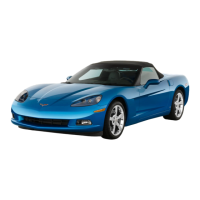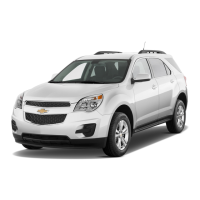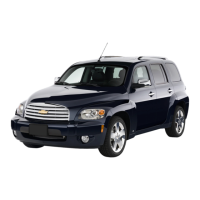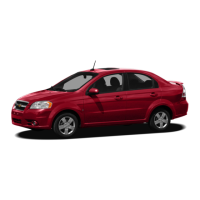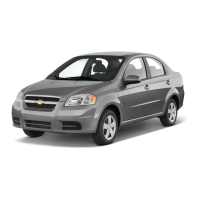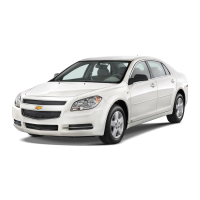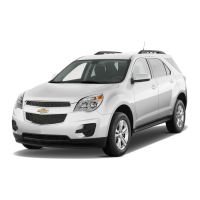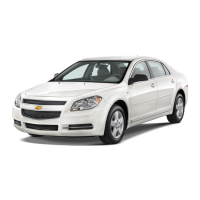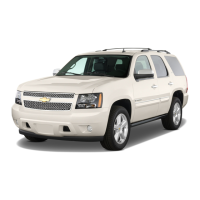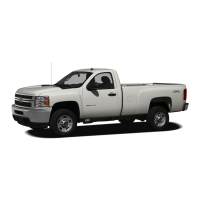Vehicle Care 10-81
Towing
Towing the Vehicle
Notice: To avoid damage, the
disabled vehicle should be
towed with all four wheels off the
ground. Care must be taken with
vehicles that have low ground
clearance and/or special
equipment. Always flatbed
on a car carrier.
Consult your dealer or a
professional towing service if the
disabled vehicle must be towed.
See Roadside Assistance Program
on page 13‑6.
To tow the vehicle behind another
vehicle for recreational purposes,
such as behind a motorhome, see
“Recreational Vehicle Towing” in this
section.
Recreational Vehicle
Towing
Recreational vehicle towing refers to
towing the vehicle behind another
vehicle – such as behind a motor
home. The two most common types
of recreational vehicle towing are
known as dinghy towing and dolly
towing. Dinghy towing is towing the
vehicle with all four wheels on the
ground. Dolly towing is towing the
vehicle with two wheels on the
ground and two wheels up on a
device known as a dolly.
Here are some important things to
consider before recreational vehicle
towing:
.
The towing capacity of the
towing vehicle. Be sure to read
the tow vehicle manufacturer's
recommendations.
.
How far will the vehicle be
towed. Some vehicles have
restrictions on how far and how
long they can tow.
.
Does the vehicle have the
proper towing equipment.
See your dealer or trailering
professional for additional
advice and equipment
recommendations.
.
Is the vehicle ready to be towed.
Just as preparing the vehicle
for a long trip, make sure the
vehicle is prepared to be towed.
Dinghy Towing
When dinghy towing a vehicle
with an automatic transmission,
the vehicle should be run at the
beginning of each day and at each
RV fuel stop for about five minutes.
This will ensure proper lubrication
of transmission components.
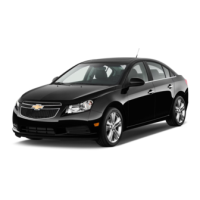
